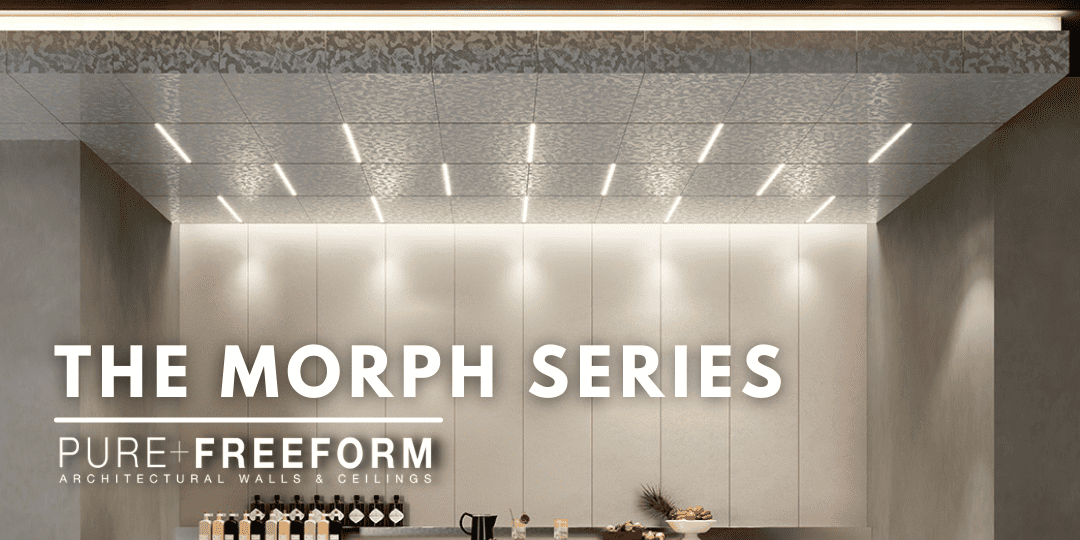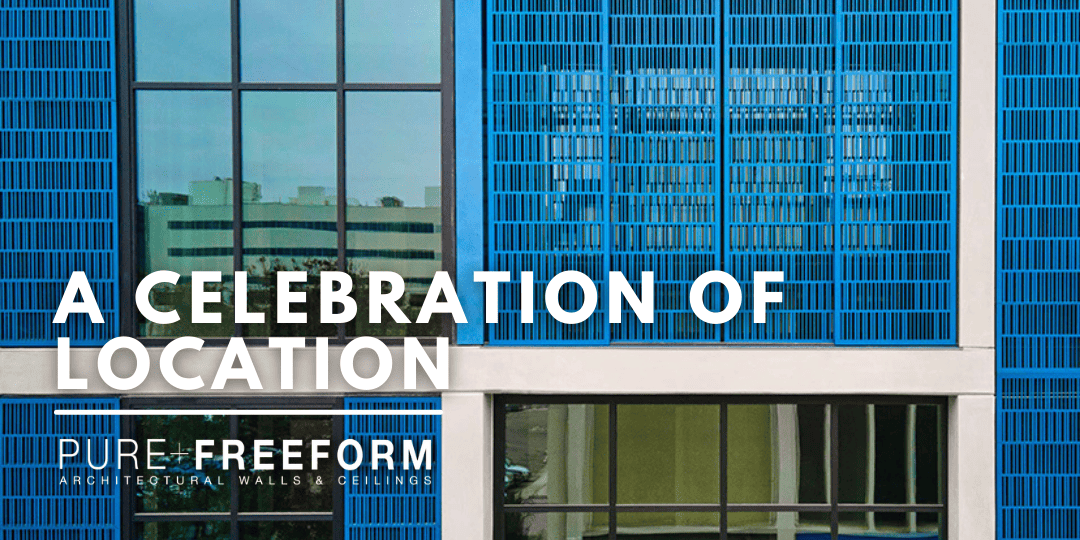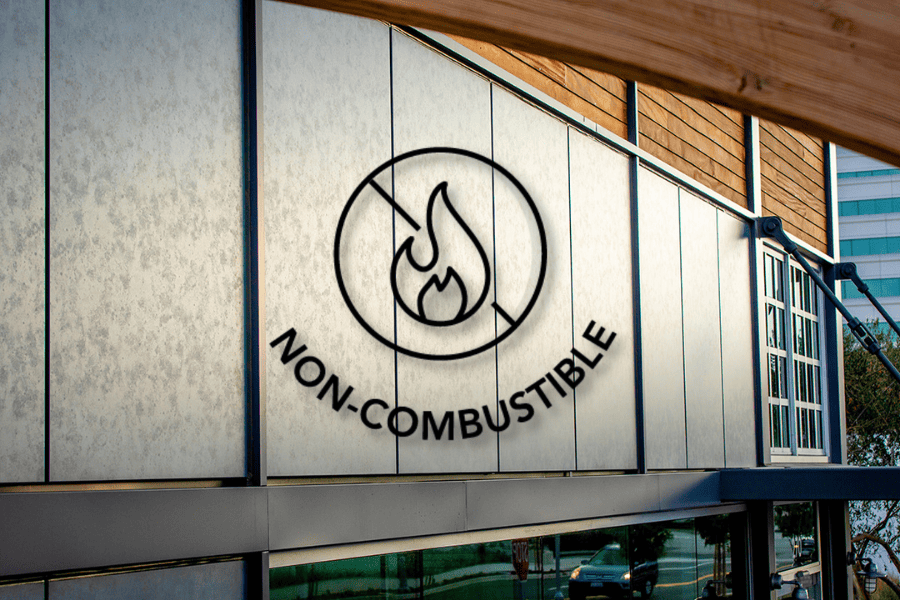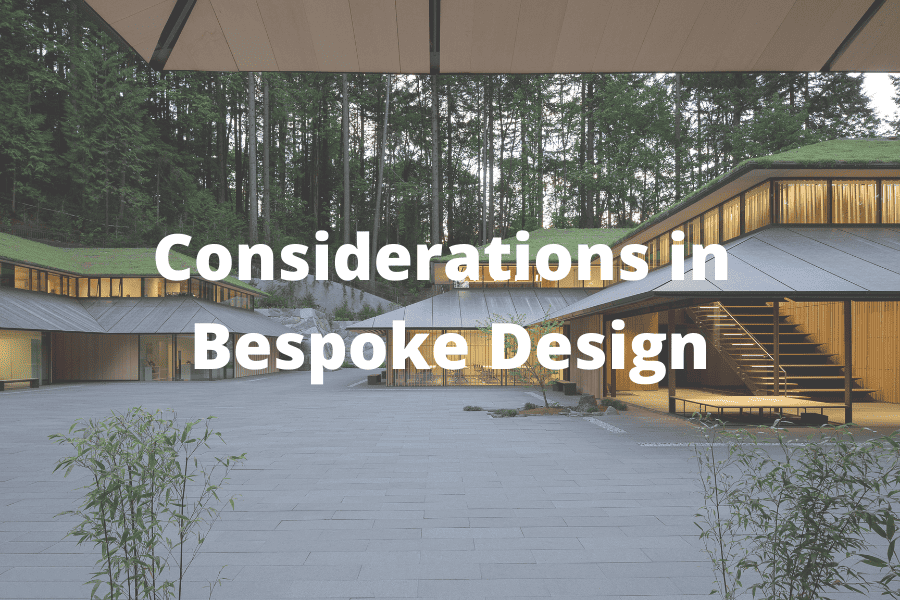
Considerations in Bespoke Design
We have always believed in the importance of creating project-specific, considered surfaces rather than working from predetermined finishes; even small details can offer context and meaning. When working on a project driven finish, understanding the following are essential in creating a relevant and site-specific material.
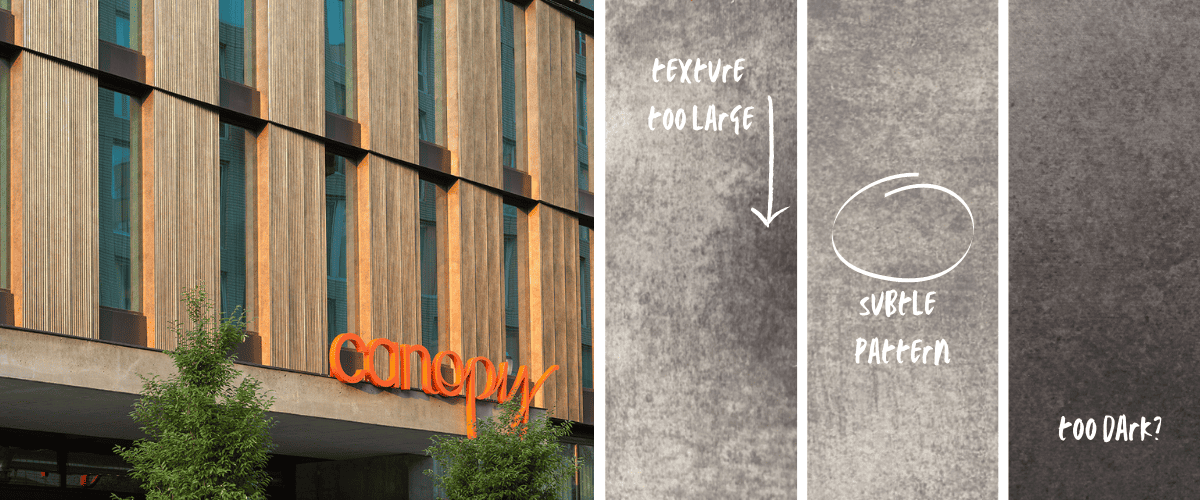
Color
Is the color warm or cool? Is it monolithic or are there subtle highlights and accents of color? By using a multistep coating process, variations of colors, tones, and contrast are expected. Early variations of Deco Bronze show larger textures and darker tones until it’s signature golden bronze was achieved.
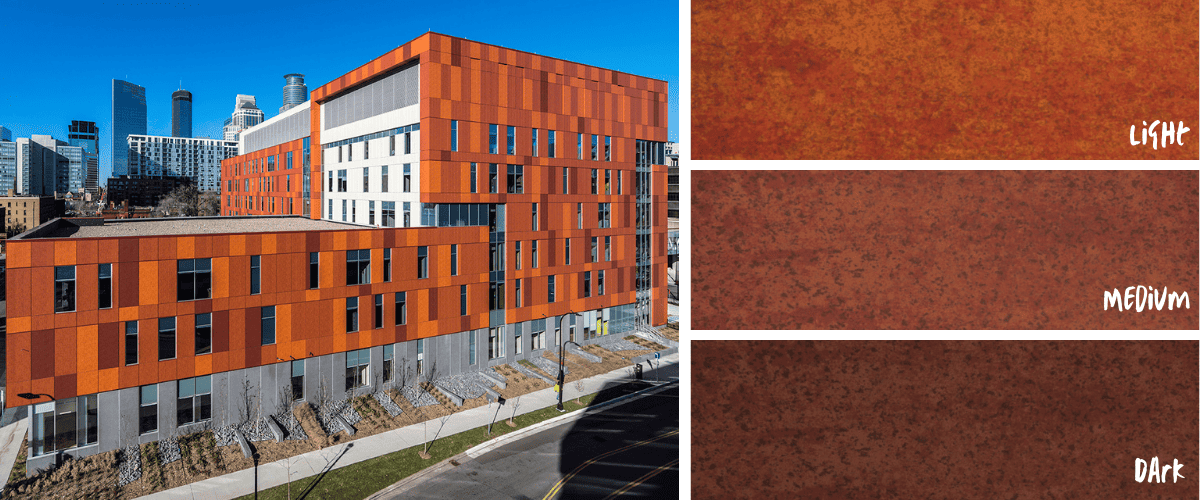
Pattern & Scale
Is the grain subtle or strong? Will it be used on a large surface or a broken up wall or ceiling panel? Does the pattern come from the surface texture or underlying design? Will this be observed on an intimate level or from a distance? How will the finish move from panel to panel? These variations of rust are richly colored, making a statement for Hennepin County Medical Center.
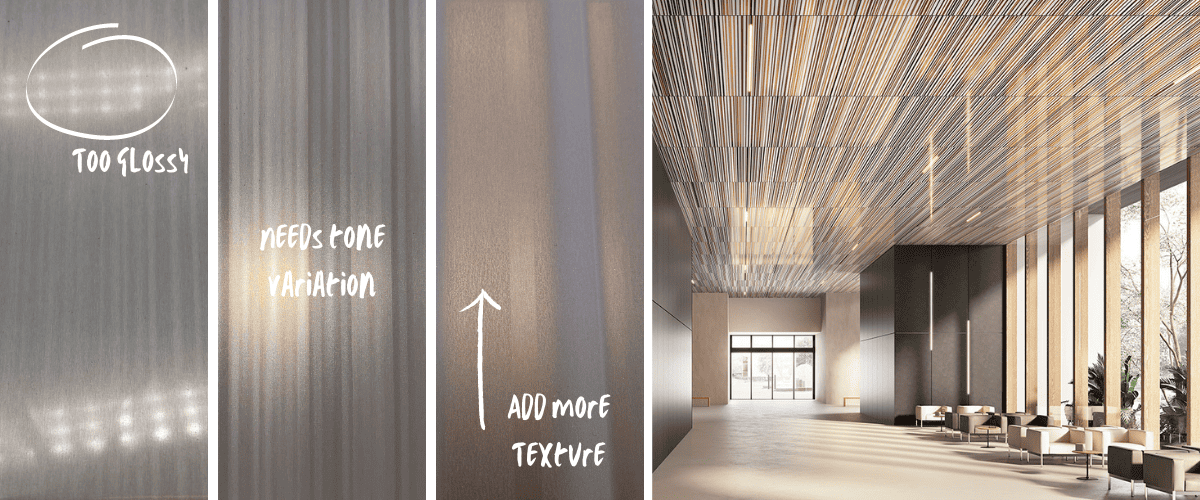
Gloss & Texture
Is the material meant to be more substantial (textured, diffuse) or dynamic (reflective, specular)? With our Specular Technology, we can achieve physical texturing which allows the surfaces to be much more interesting. Our early versions of Emblem can be seen above, where the gloss, texture, and pattern changes.
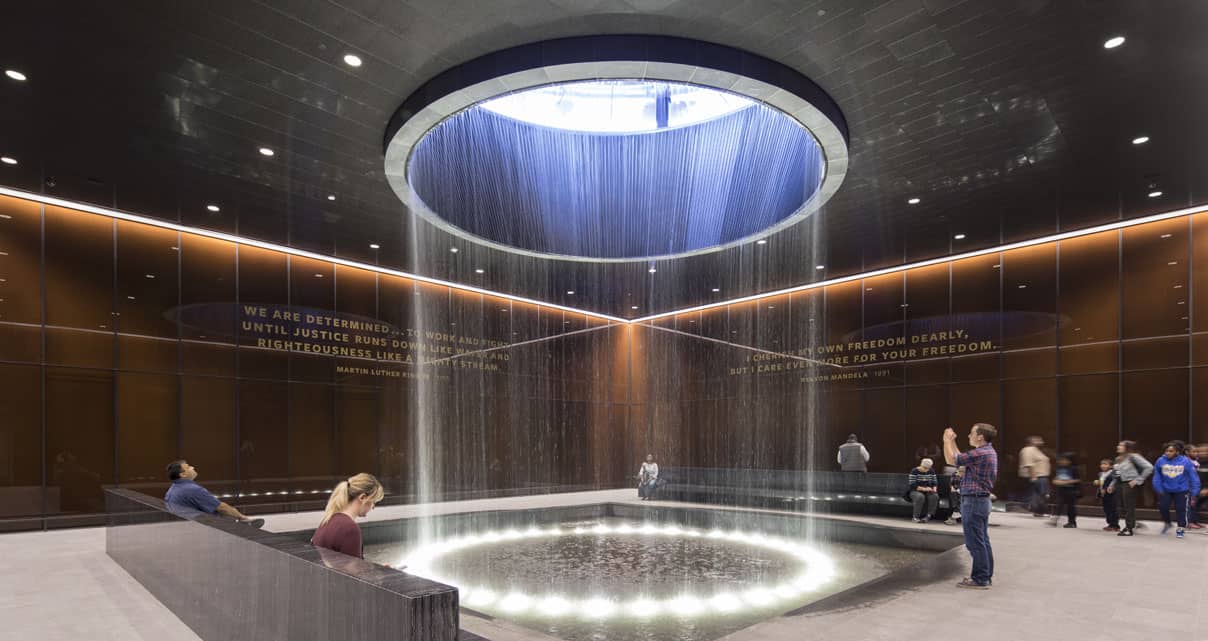
Application
Is the panel exterior or interior, horizontal or vertical? Judging the finishes in the right light source and orientation ensures the right match as natural/incandescent can greatly change the appearance of color. The NMAAHC Contemplation Court ceiling changes from green to black as the finish, Emerald Copper, moves away from the oculus.
Site-specific materials can have tremendous value to projects, allowing the location and context to be the starts of the project in addition to beautiful design.




